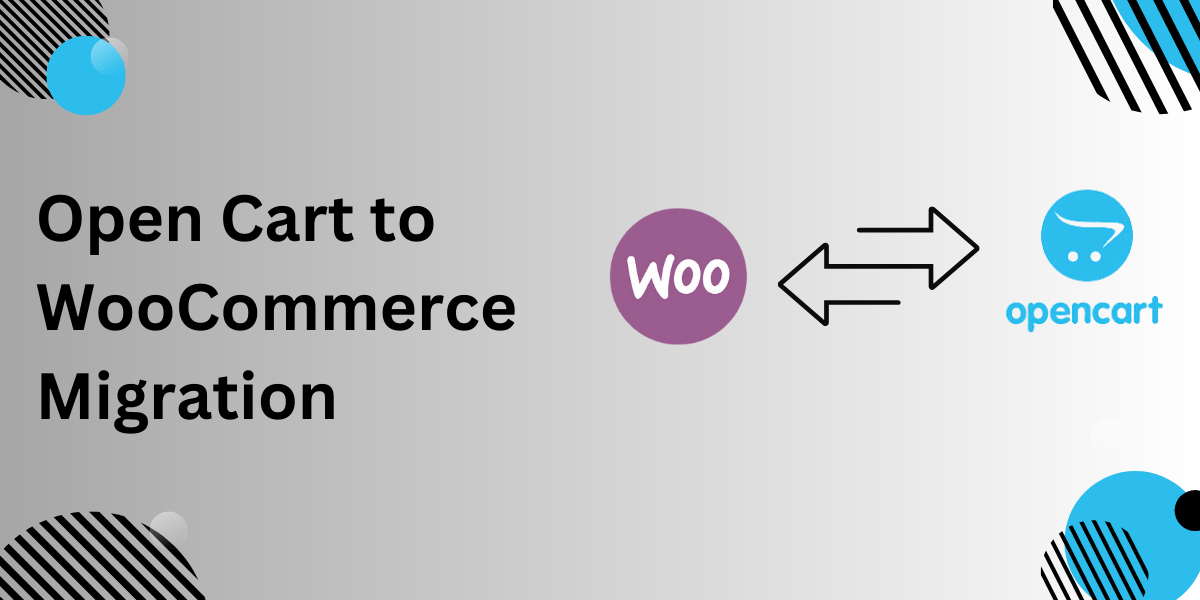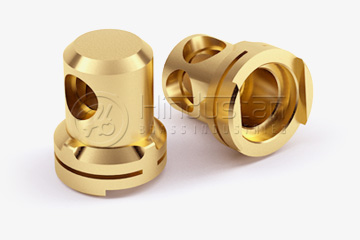Migrating your eCommerce store from OpenCart to WooCommerce is more than just a technical process—it’s about unlocking new possibilities. Whether you’re looking for advanced customization, better SEO tools, or more third-party integration options, WooCommerce is an upgrade worth considering.
In this article, we’ll dive into unique insights on how you can make this migration smoothly, highlight the benefits, and showcase the success stories of businesses that have made the leap.
Why Switch from OpenCart to WooCommerce?
1. Increased Flexibility with WooCommerce
Unlike OpenCart, WooCommerce offers a world of flexibility. You can manage your entire store within the WordPress framework, which means integrating plugins for custom functionalities is easy. Want to add a chatbot for customer support or implement advanced payment methods? WooCommerce’s massive library of plugins lets you do this with minimal fuss.
2. SEO Benefits
Search engine optimization is crucial for any eCommerce store. WooCommerce, through WordPress, offers top-tier SEO tools like Yoast, enabling you to optimize your product pages, meta descriptions, and more, right out of the box. OpenCart’s SEO tools don’t match up in terms of functionality or ease of use.
3. User Experience (UX) and Design
With WooCommerce, you get access to thousands of customizable WordPress themes, allowing you to offer a visually appealing and user-friendly experience. OpenCart offers fewer customization options in comparison, which can limit how creative you can get with your store’s design.
Case Study: GreenTech Gadgets
Background: GreenTech Gadgets, an eco-friendly electronics company, faced issues with limited product page layouts and inadequate SEO functionality on their OpenCart store. They needed a platform that could grow with them and offer better marketing capabilities.
Migration Approach: After moving to WooCommerce, GreenTech used the built-in SEO tools to improve their search rankings and increased organic traffic by 35%. The migration also allowed them to implement customer reviews and dynamic product filters, enhancing the shopping experience.
Outcome: The migration led to a 20% increase in conversions within the first three months, as customers were able to navigate their products more easily and find what they needed faster.
Step by Step OpenCart to WooCommerce migration
Step 1: Preparation and Backup
Before you start migrating, it’s essential to back up all your store data. This includes customer information, product listings, and order history. Also, take time to plan your WooCommerce store structure so that you can make improvements during the migration.
Step 2: Using Migration Tools
There are multiple tools available to help migrate data between OpenCart and WooCommerce. You can use automated migration plugins that ensure a safe transfer of products, categories, customer details, and orders. These tools help avoid data loss and downtime, so your customers experience a smooth transition.
Step 3: Testing and Going Live
After the migration, test your WooCommerce store thoroughly. Make sure all the product pages, checkout processes, and integrations are functioning correctly before you launch.
Case Study: FashionForward Clothing
Background: FashionForward, a trendy online clothing retailer, faced issues with OpenCart’s limitations in handling large catalogs and SEO management. They wanted to scale their business but were restricted by OpenCart’s rigid platform.
Migration Plan: The brand migrated to WooCommerce, where they reorganized their product catalogs using enhanced filtering options and enabled advanced shipping options based on geographic locations.
Outcome: Within six months, FashionForward saw a 50% reduction in cart abandonment and a 30% increase in overall sales. The streamlined UX and checkout process on WooCommerce significantly improved the customer journey.
Key Considerations for Migration
- SEO Migration: When moving from OpenCart to WooCommerce, ensure that all product URLs, meta descriptions, and SEO tags are properly redirected to avoid any ranking drops.
- Third-Party Integrations: WooCommerce’s ability to integrate with payment gateways, marketing automation tools, and CRM systems offers businesses more room for growth.
- User-Friendly Interface: WooCommerce is renowned for its intuitive dashboard, making it easier for store owners to manage and update products, pricing, and customer interactions.
Case Study: Peak Fitness Gear
Background: Peak Fitness Gear, a health and wellness brand, was struggling with OpenCart’s clunky admin interface. They found it difficult to manage their growing inventory and implement custom discount rules during peak sales periods.
Migration Strategy: Peak Fitness moved to WooCommerce, where they leveraged smart inventory management plugins and dynamic discount tools to handle high sales volumes and special promotions.
Outcome: Their WooCommerce store improved stock management, and the ability to offer time-sensitive promotions led to a 15% growth in sales during major shopping seasons.
Conclusion
Migrating from OpenCart to WooCommerce provides a range of benefits, from better SEO tools to enhanced customization options and third-party integrations. Whether you’re looking to scale your business or provide a better user experience, WooCommerce offers the flexibility you need.
With the right planning, migration tools, and a focus on testing, you can ensure a smooth transition that helps grow your business like GreenTech Gadgets, FashionForward, and Peak Fitness Gear.





